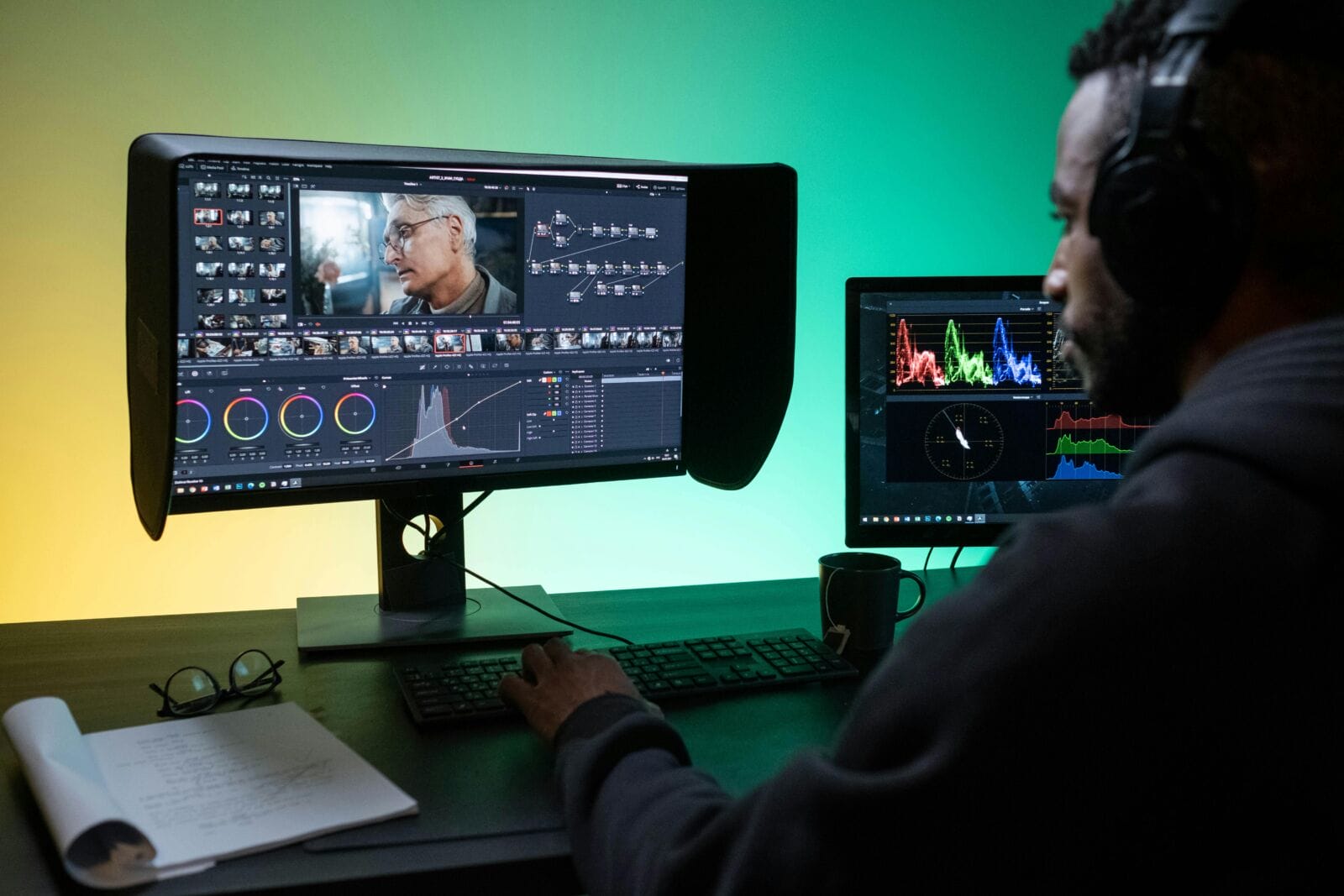A stray trash can in your scenic landscape or an accidental photo bomber in a picture of an intricate Gothic cathedral can easily ruin your creative efforts. These elements will distract your viewers from an otherwise perfect shot and disbalance its composition.
Knowing how to remove someone from a picture is critical for photographers of all styles and proficiency levels. This skill will give you much more than the ability to clean up imperfections. It empowers you to redefine your visual narrative with more precision and creative control. With our step-by-step object removal guide, you will learn to leverage photo editing software for clean, compelling, balanced, and visually pleasing images.
FOOD NEWS: 10 celebrity chef restaurants to try in Arizona
Step 1: Choose the Right Software
Start by finding a suitable photo-enhancing software. The modern software market is overloaded with options, so making the right choice may seem hard. Mind the software’s toolkit to ensure it matches your creative needs. A special tool to remove an object from a photo is mandatory.
Next, mind your proficiency level. If you are a newbie, prioritize AI-based programs. They automatically detect and remove unwanted elements within seconds. Your program should have a user-friendly interface and an understandable learning curve. Free and open-source options are the best for casual editors. More experienced users can eliminate unwanted elements manually with more control and precision. They also can invest in premium-class editing tools for consistent, high-quality results.
Step 2: Import Your Image
Install your chosen software on your device or open an open-source object remover from pictures. If your editor does not include non-destructive editing capabilities, duplicate the file you want to enhance. The preserved original ensures all changes are reversible. Set the resolution as high as possible for more precise enhancements. Use an “Import” button or drag-and-drop option to import the file into the program’s workplace.
Step 3: Familiarize Yourself with Object Removal Tools
Different editors offer different tools for eliminating unwanted objects. Some programs involve a set of such features, each of which has a specific use. The most common ones are the following:
- The clone stamp duplicates parts of the photo to cover unwanted items. It works well in areas with consistent texture or color.
- The healing brush blends the removed area with the surrounding pixels. Use it for small blemishes and minor imperfections.
- The patch tool is used to select and replace a problem spot with another area from the photo. Apply it to larger areas.
Practice with these tools on different parts of your image. Try to eliminate various types of objects to see which tool works best for your needs.
Step 4: Select the Unwanted Object
Removing objects from photos depends on careful and precise selection. Zoom in on the area to ensure your selection is as close to the object as possible. Ensure the parts you wish to preserve are not selected. There are various selection tools, each catering to a specific edition scenario:
- The lasso tool is preferable for manually selecting an object of an unusual form.
- The quick selection tool defines objects based on color and texture similarities. It works for large areas and clearly defined elements.
- The magic wand is a one-click selection option based on colors.
Step 5: Apply the Tool
Choose the preferred object removal tool from the toolbar and apply it to a selected area. For the clone stamp, select a source point near the object that matches the background you want to emulate. Brush over the object carefully. For the healing brush and patch tool, simply paint over or drag the selected area to a clean spot that resembles the background.
Step 6: Refine the Picture
After you remove items from pictures, blend the edges with a soft, low-opacity brush. Readjust the lighting if the edited spot is too light or too dark. Match the hue and saturation to surrounding areas with color adjustment tools. Zoom out and view your photo as a whole. Take a step back to ensure the edited area does not stand out. Look at the original and edited versions side by side so nothing looks out of place.
Step 7: Save and Export
Once satisfied with the enhancements, save the edited picture in your preferred format. Consider the intended use of your photo. For example, highly compressed formats like JPEG are preferable for the web because they load quickly and easily. Meanwhile, formats like TIFF work for printing. They provide the highest resolution for high-end quality with no lost detail.
Conclusion
Knowing how to remove an object from a picture is a vital post-processing skill. It can turn your average snapshots into breathtaking compositions. By following these detailed steps and using the right tools, you are well on your way to becoming proficient in photo editing. Hone your pictures’ quality and ensure they convey the intended message without distractions. Practice constantly to expand your creative expression through your visual works.




